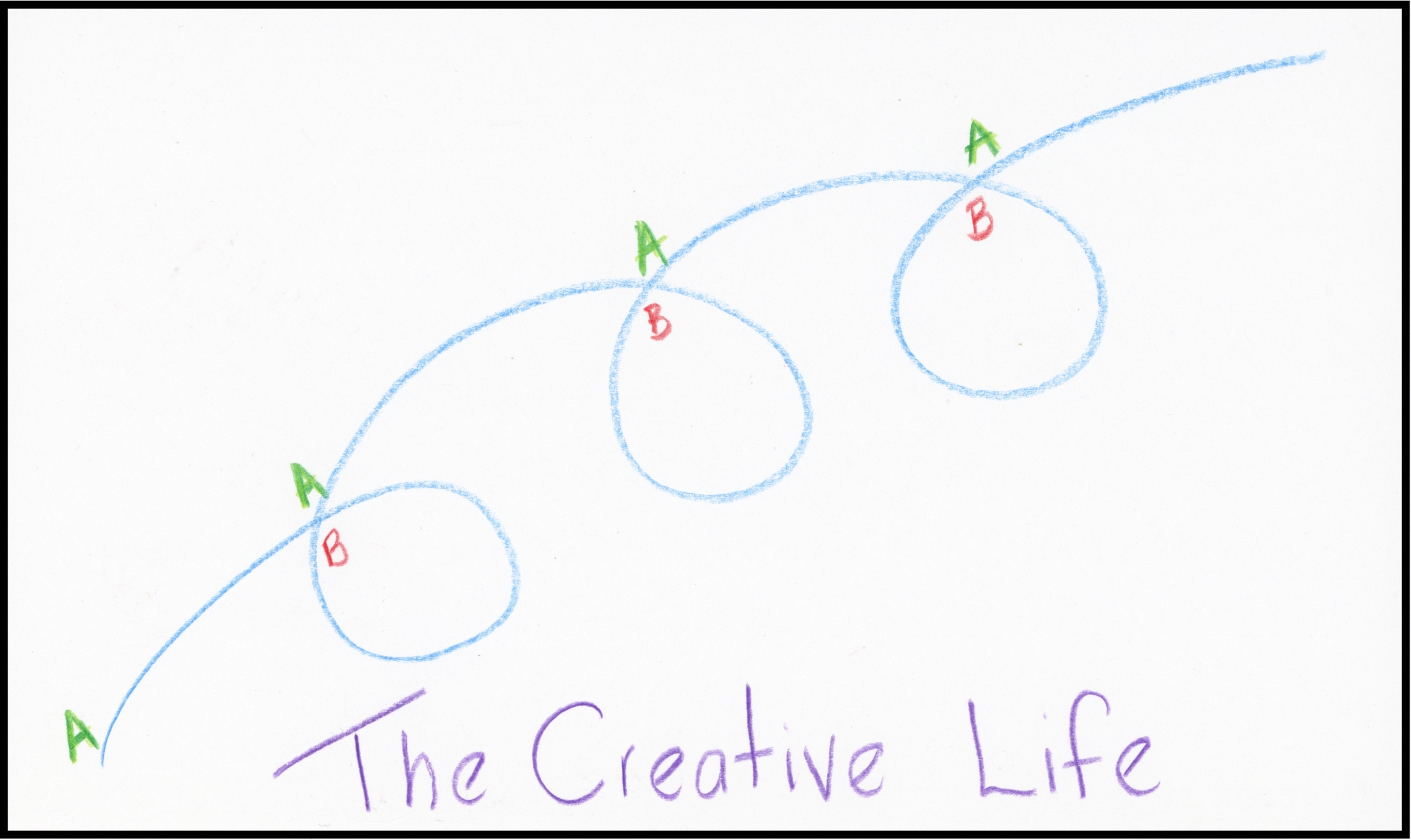I stood on the beach allowing the sand and waves to bury my feet. Before long, the sand engulfed my ankles. How long would it take before I disappeared?
Have you ever felt stuck and wondered how you got there? Like the sand sifting around your toes, you become consumed.
That’s where I have hidden the past several weeks—maybe more. Stuck in my head. Stuck in the noise of political rantings. Stuck in the fear of a virus that has shut me out of what I had considered a comfortable and predictable life.
I never saw “stuck” coming.
I never do.
At first, I couldn’t define the feelings, the unsettled wandering of my mind and my days. Always an overthinker, I attributed the paralysis to spending too much time worrying about circumstances and events over which I had no control.
I have stood in this metaphorical spot on the beach before. I recognized the scenery. Whenever I feel a tug toward something new—a transition, this same nagging clouds my thinking. Before I can take the leap into uncertain territory, I stall and sputter.
I’ve learned that digging in your heels can make matters worse. The sand traps your feet making the possibility of moving forward more daunting.
I found the inspiration I needed.
One of my favorite artists/writers, Austin Kleon, gave me the push I needed to dig my feet out of the sand and be the verb.
Austin opens his last book, Keep Going, explaining, “I wrote this book because I needed to read it.” He goes on to list 10 ways to stay creative in good times and bad.
Getting stuck may not exactly qualify as bad times, but I yearned for inspiration. His advice offered a fresh view of the creative process. He doesn’t limit the suggestions to artists, musicians, or writers. Every aspect of our life benefits from taking a creative approach.
3 ideas got me unstuck.
Every Day Is Groundhog Day
In the 1993 comedy, Groundhog Day, Phil Collins (played by Bill Murray) is a weatherman who gets stuck in a time loop. Every day he wakes up on February 2—Groundhog Day. Desperate to break out of this time warp, he asks a couple of drunks, “What would you do if you were stuck in one place, and every day was exactly the same, and nothing that you did mattered?”
Sounds like 2020, doesn’t it?
Austin uses this example to point us in the direction of realizing that creative work, whatever that is, does not take a linear path.
The creative life is not linear. It’s not a straight line from point A to point B. It’s more like a loop or a spiral, in which you keep coming back to a new starting point after every project.
Those two sentences jarred me out of my funk. I immediately drew a spiral that clarified how my life has evolved over time. We like to imagine our life’s journey as a straight path to some goal or dream.
I don’t know about you, but even the spiral looks more straightforward than my reality.

Looking at the world through this lens, I realized that I wasn’t stuck. I was leaving one loop—ending a phase or stage in life—and headed into the next adventure. Point B was leading me to a new loop and point A.
The remedies?
- Take one day at a time.
- Establish the routines that will, as Annie Dillard describes it, create “a net for catching days.”
- Make lists
- Finish each day and be done with it.
The last one, I have used often relying on the words of Ralph Waldo Emerson.
Finish each day and be done with it. You have done what you could; some blunders and absurdities no doubt crept in; forget them as soon as you can. Tomorrow is a new day; you shall begin it well and serenely, and with too high a spirit to be cumbered with your old nonsense.
Forget the Noun, Do the Verb
Prior to the publication of Keep Going, Austin explained the 10 ways described in the book at the 2018 Bond Conference in San Francisco. The idea of being the verb caught my attention. That line of thinking aligned with my thoughts about moving words to action.
Re-reading the book rekindled my commitment to the work, no matter what creative work I currently pursue. Sometimes, I focus too much on the thing, the noun, that I want to be and forget about the verb, the doing.
I was stuck in the noun.
Let go of the thing you’re trying to be (the noun) and focus on the actual work you need to be doing (the verb). Doing the verb will take you someplace further and far more interesting.
The best advice came when Austin confirmed that my “real work is play.” As adults, we leave play behind for grownup things.
Big mistake on our part.
Scott Barry Kaufman argues, “that we are all, in some way, wired to create and that everyday life presents myriad opportunities to exercise and express that creativity.” Cooking, gardening, knitting, inventing, accounting, and anything else you can imagine become gateways to releasing our inner spirit of playfulness and creativity.
Tag, your it. Let’s look for moments to play every day.
“We don’t stop playing because we grow old;
we grow old because we stop playing.”
—George Bernard Shaw
Plant Your Garden
In creativity, in life, and in most endeavors, we must remember to play the long game. “To everything, there is a season.” Our lives and work ebb and flow. Remember the creative loop. Our personal growth, our passions, and the purposeful work of our days don’t follow a linear path.
You have to pay attention to the rhythm and cycles of your creative output and learn to be patient in the off-seasons. You have to give yourself time to change and observe your own patterns.
My husband is the family gardener. He prepares the soil, meticulously drops each seed in the composted soil, waters with care, and nurtures the growing plants. He knows there is a season for green beans and a season for broccoli. Some plants need space to stretch a wind their tendrils on the trellis.
I am reminded that I, too, have seasons. Stuck is okay. Giving up is not. This too shall pass.
Every day is a potential seed that we can grow into something beautiful. There is no time for despair. . .None of us know how many days we’ll have, so it’d be a shame to waste the ones we get.
10 Ways to Stay Creative in Good Times and Bad
I’ve shared the three that most impacted me as I recently re-read Keep Going. Every reading touches a different chord in my creative spirit. I would be remiss to not share all 10 for you to explore on your own.
No. 1 Every day is groundhog day.
No. 2 Build a bliss station.
No. 3 Forget the noun, do the verb.
No. 4 Make gifts
No. 5 The ordinary + extra attention = extraordinary.
No. 6 Slay the art monsters.
No. 7 You are allowed to change your mind.
No. 8 When in doubt, tidy up.
No. 9 Demons hate fresh air.
No. 10 Plant your garden
I’ll leave you with the wisdom of Toni Morrison.
This is precisely the time when artists go to work. There is no time for despair, no place for self-pity, no need for silence, no room for fear. We speak, we write, we do language. That is how civilizations heal. I know the world is bruised and bleeding, and though it is important not to ignore its pain, it is also critical to refuse to succumb to its malevolence. Life failure, chaos contains information that can lead to knowledge—even wisdom. Like art.
And always—


Leave A Comment